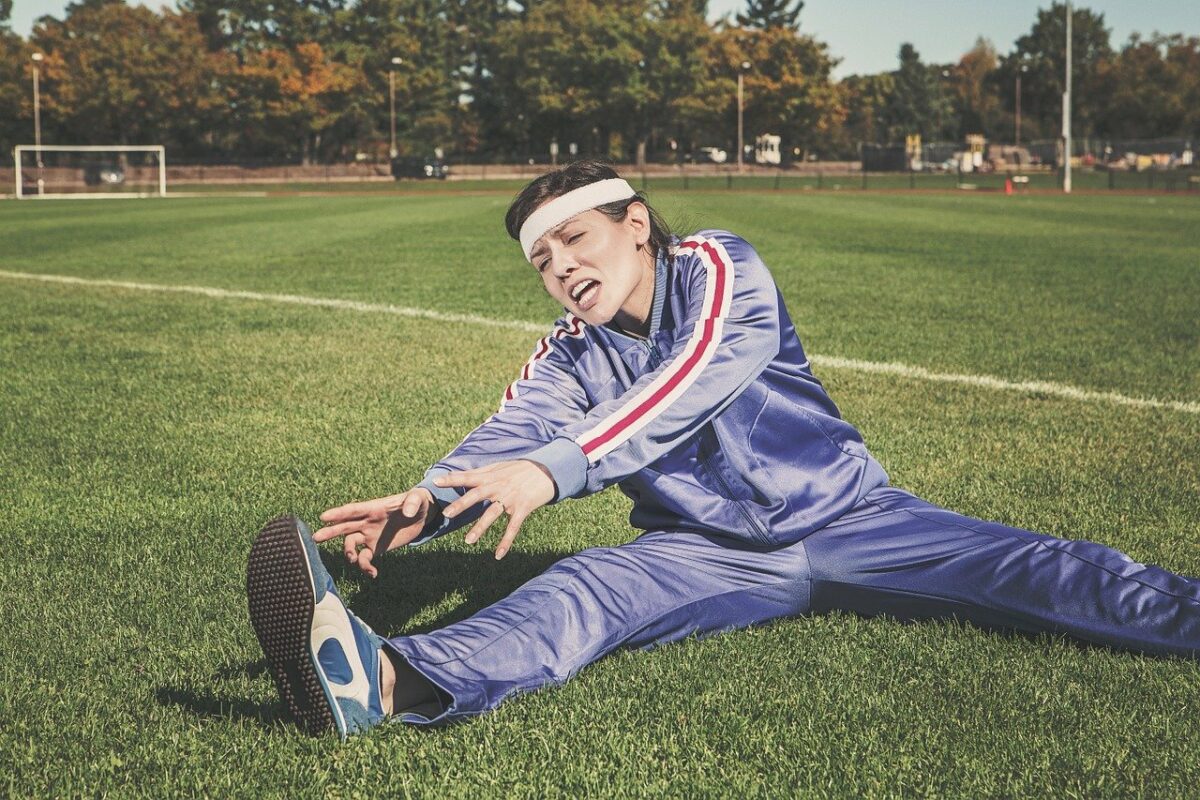Back pain is a problem that affects a lot of us.
While mild to moderate back pain is a nuisance, there are many options that can help reduce, if not eliminate, the pain. One excellent option many turn to is exercise.
Below, find 5 of the top exercises that can help ease back pain.
5 Exercises To Help Ease Your Back Pain
Stretch your lower back carefully and safely. If you have an injury or a health problem, you should be extra cautious and gentle. Before beginning a new form of exercise, it is best to consult with your physician.
Child’s Pose
This yoga pose gently stretches the gluteus maximus, thighs, and spinal extensors. It relieves pain and tension along the spine, the neck, and shoulders.
Its soothing impact on the body also helps relieve tight lower back muscles, enhancing spinal flexibility and blood flow.
To perform Child’s Pose, adhere to the following steps:
- With your hands and knees on the floor, sink your hips back until they rest on your heels.
- Fold forward from the hips while extending your hands in front of you.
- Rest your belly on your thighs.
- Extend your arms in front of or next to your body with the palms facing upward.
- Concentrate on deep breathing and relaxing any areas of tension or stiffness.
- Maintain this position for up to 1 minute.
Glute Bridge
The glute bridge exercises the gluteus maximus, the largest of the gluteal muscles that comprise the buttocks.
As both a stabilizer and a mobilizer, the glutes aid in stabilizing the lower back. Strong glutes can assist in stabilizing and supporting the lower back and hips, as well as the stretched knees.
To perform a glute bridge, a person must take the following steps:
- Lie on your back with your knees bent and your feet flat on the floor, approximately hip-width apart. Arms should be positioned at the sides of the body with palms facing upward.
- Contract the abdominal muscles and gluteal muscles.
- Raise the pelvis from the ground. Continue lifting such that a straight line is formed through the shoulder, hip, and knee.
- Maintain the position for a minimum of two seconds.
- Return slowly to the starting position.
- Repeat the preceding steps 10 to 15 times.
Cat-cow Pose
The cat-cow stance is a simple stretch that can alleviate middle-back pain.
- Get on all fours with your hands and knees on the floor. The back and neck should be straight and in a neutral position.
- Slowly contract your lower abs as you turn your back towards the ceiling and tuck your chin. Along your spine, you should feel a stretch.
- Maintain for 5 seconds.
- Release the position and return to the neutral position.
- Slowly raise your head, chest, and tailbone toward the ceiling while allowing your spine and abdomen to sink toward the floor. This should also result in a nice spinal stretch.
- Maintain for 5 seconds.
- Release the position and return to the neutral position.
Press-up Exercise
This press-up or back extension exercise targets the muscles linked to the back of the spine.
- Place your hands under your shoulders while lying on your stomach.
- Raise your upper body onto your elbows while maintaining your forearms and hips in a relaxed position on the ground. Exhale and sag your chest toward the earth. The middle of your back should feel comfortably stretched.
- Hold for 5 seconds before returning softly to the floor.
- Ten repetitions are the target. Build up gradually to a 30-second hold of the posture.
Corner Stretch
Upper back pain is frequently the result of improper posture, which can be compounded by tight chest muscles. The corner stretch is a simple and efficient approach to loosen the chest muscles and promote good posture.
- Face the room’s corner. (If a corner is unavailable, this stretch can also be performed in a doorway with the forearms on the door jambs.)
- Place feet together and approximately 2 feet away from the corner.
- Place a forearm on each wall with the elbows just below the height of the shoulders.
- Lean forward until you feel a good stretch over your chest and shoulders. Your lower back should not arch (as it is while standing).
- Maintain the stretch for 30 to 60 seconds.





